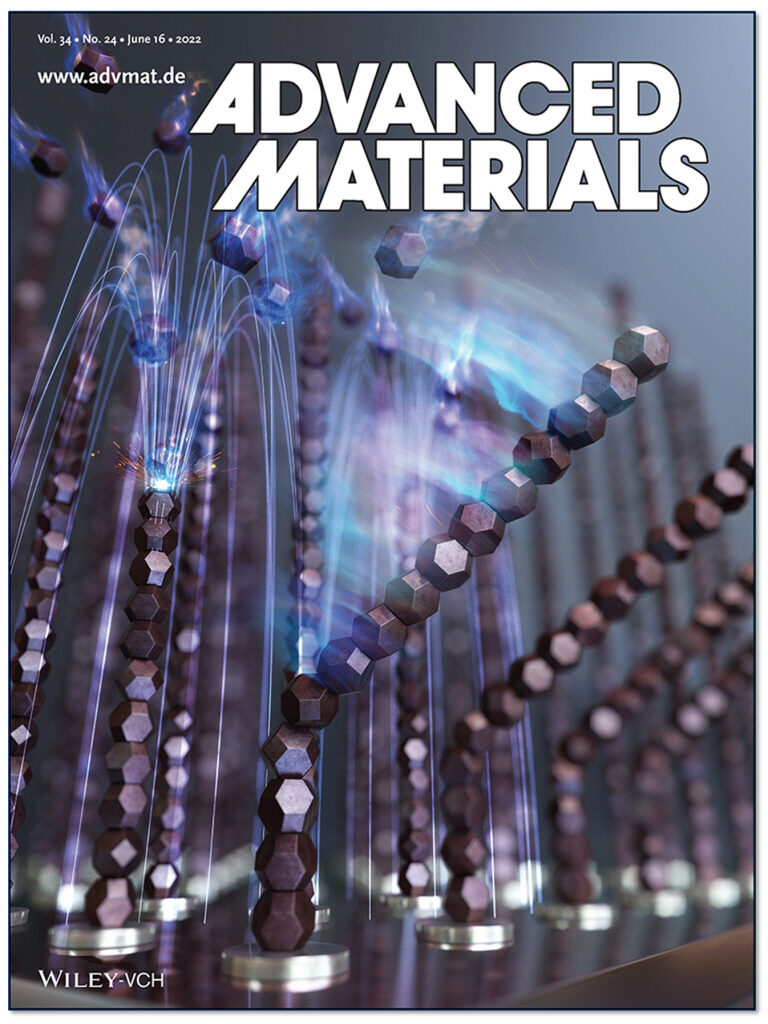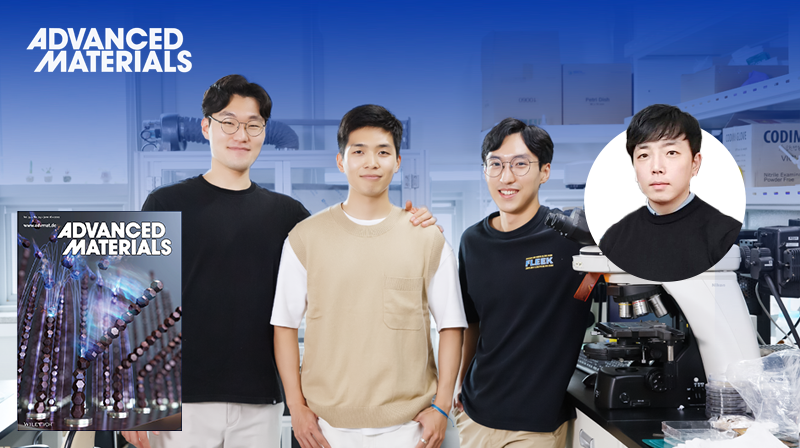Abstract
Self-assembly of nanoparticles (NPs) is a powerful route to constructing higher-order structures. However, the programmed self-assembly of NPs into non-close-packed, 3D, shape-morphing nanocilia arrays remains elusive, whereas dynamically actuated nanometer cilia are universal in living systems. Here, a programmable self-assembly strategy is presented that can direct magnetic NPs into a highly ordered responsive artificial nanocilia actuator with exquisite nanometer 3D structural arrangements. The self-assembled artificial NP cilia can maintain their structural integrity through the interplay of interparticle interactions. Interestingly, the nanocilia can exhibit a field-responsive actuation motion through “rolling and sliding” between assembled NPs rather than bending the entire ciliary beam. It is demonstrated that oleic acid coated over the NPs acts as a lubricating bearing and enables the rolling/sliding-based actuation of the cilia.
Paramecium has no legs or arms to run around and grab food. Instead, it has around 4,000 motile cilia on its surface arranged in longitudinal rows, beating in waves to ensure movement and feeding. A novel strategy that can easily synthesize these cilia into any desired form has been developed.

Figure 1. An SEM image of a self-assembled NP cilia array after twenty-times spraying processes.
A research team, led by Professor Hoon Eui Jeong in the Department of Mechanical Engineering at UNIST has proposed a 3D self-assembly strategy that can direct magnetic nanoparticles (NPs) into a highly ordered, non-close-packed synthetic nanocilia array in a programmable fashion. In this study, the research team demonstrated that individual magnetite NPs in the form of aerosols can be assembled layer-by-layer into long, vertical nanoarchitectures on patterned metal islands in the presence of an external magnetic field. The findings also revealed that the assembled magnetic nanocilia can exhibit a field-responsive actuation motion through “rolling and sliding” between adjacent NPs with the aid of an oleic acid lubrication layer tethered to the NPs rather than bending the entire ciliary beam.

Figure 2. 3D self-assembly mechanism of magnetic NPs. a–c) Schematic illustrations showing the programmed self-assembly process of magnetite NPs in patterned magnetic fields (a), the conversion of liquid-state NPs released from the spray nozzle into vapor-state NPs through a heating tube (b), individual magnetite NPs attracted to a nickel island with an intensified magnetic field (c), and d) field-responsive actuation of the assembled nanocilia.
According to the research team, when compared to conventional self-assembly approaches performed in a liquid medium, their approach enables the direct formation of high-AR nanostructures in the air without any structural collapse. As a result, such self-assembled high-AR cilia based on magnetite aerosol NPs can be used for a wide range of applications, ranging from nanomanipulators to soft robotics.
“Although we utilized truncated octahedral NPs in this study, the proposed self-assembly strategy could be used for other nanocrystal shapes,” noted the research team. “The programmable 3D self-assembly strategy for NPs together with the new nanoscale actuation mechanisms in NP assemblies proposed here should contribute to the design and development of advanced dynamic systems in the nanoscale regime.”

Their findings have also been featured as a front cover of Advanced Materials on June 16, 2022.
Published in the June 2022 issue of Advanced Materials, their findings have also been featured as a front cover. This study has also been supported by the National Research Foundations of Korea (NRF).
Journal Reference
Minsu Kang, Minho Seong, Donghyuk Lee, et al., Self-Assembled Artificial Nanocilia Actuators, Adv. Mater., (2022).















